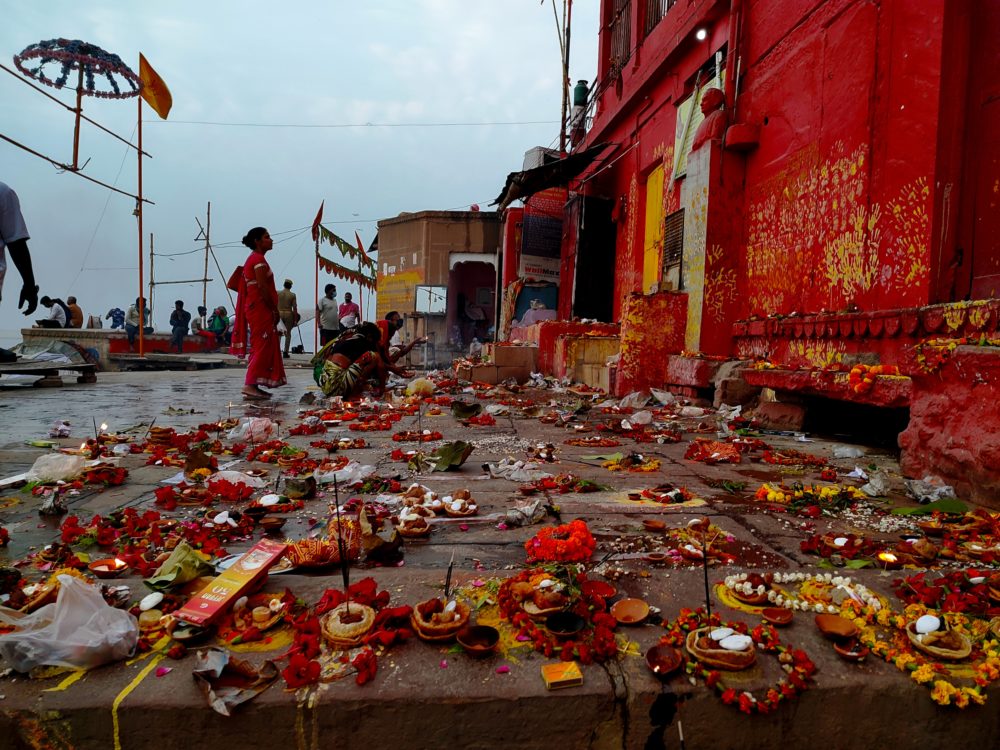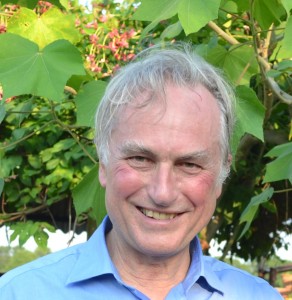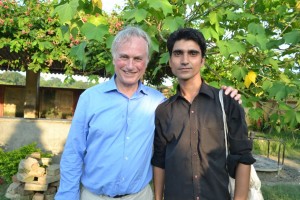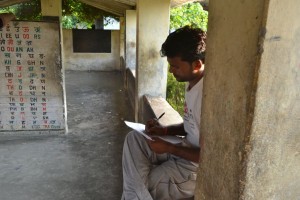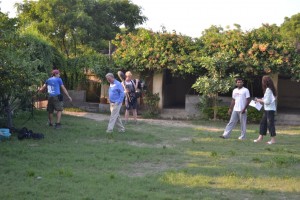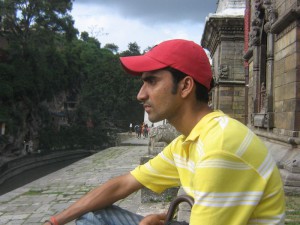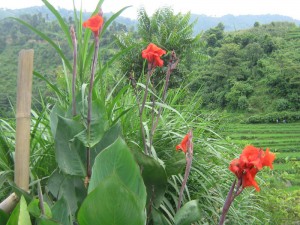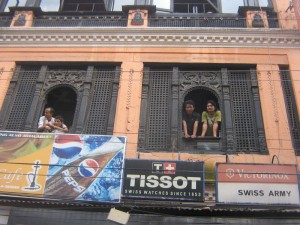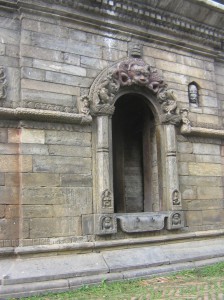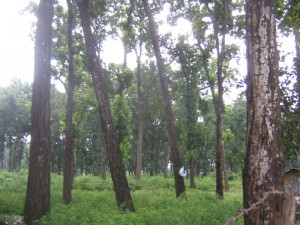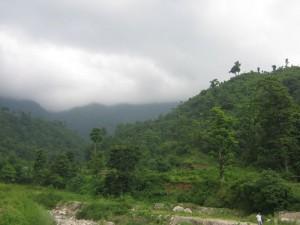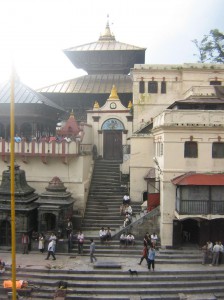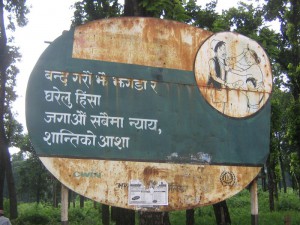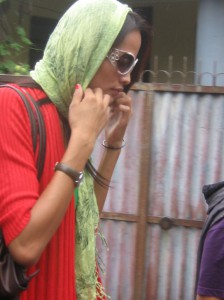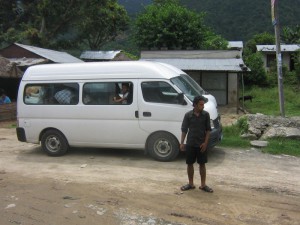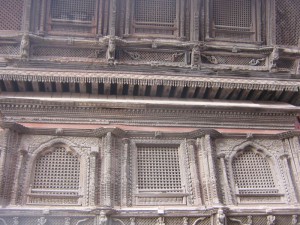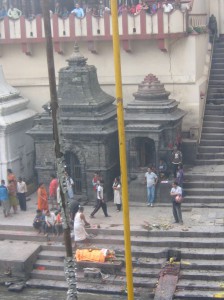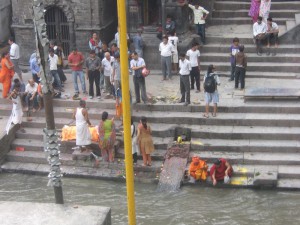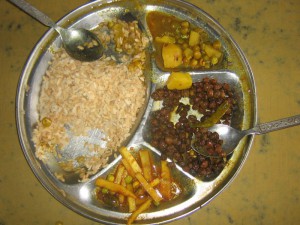Gilles Delmas is a documentary maker and an artist from France. I was introduced to him by a friend of mine from Varanasi. Actually Gilles was looking for an assistant to help him photographing in Varanasi. The theme of the photography was relationship between chair and death. He approached to my friend first but my friend had to no idea what Mr. Gilles was talking about so he brought him to me. Mr. Gilles explained me his project and since I had already worked with so many photographers and documentary makers, I just thought that this project would also be like any other project I had worked on.
I immediately agreed on working with Mr. Gilles but I had no idea how different this project was going to be:) A few really interesting things happened only in the first meeting. Actually Mr. Gilles was staying at Hotel Haifa and it is prohibited for me to enter in this hotel. Mr. Gilles asked me to meet him the next day in the hotel lobby and I told him that I cold not enter in the hotel. He asked me the reason behind it and I told him that hotel owner had told me once that it was their policy that they do not allow locals to enter in the hotel. Mr. Gilles did not tell me anything at that moment but later I got a call that he had already changed his hotel.
Mr. Gilles told me that he doesn’t like racism hence changed the hotel. I had never thought that somebody would even care about my personal problems this much. Anyways, it was really nice of him that he cared a lot about me and I really appreciate it. We met the next day and Mr. Gilles asked me to take him to the places where Sadhus or regular people live to die. I took him to several places and he chose one of them to work. Now he needed chairs which I did not understand. I asked him the reason behind this theme of relationship between chair and death.
He told me that he had always wanted to come to Varanasi to photograph death and once he was laying down with his closed eyes in Haridwar along the Ganga thinking about his project in Varanasi. When he opened his eyes, he saw a big chair in the sky with yellow and orange color and it gave him this idea that there was some kind of relationship between chair and death. He thought a lot about it and realized that it was true. He was trying to tell me things that I did not understand at all. He told me that even the people who come to die in Varanasi have to use a chair in their journey, maybe just by sitting on it waiting for a train.
I did not understand anything but at the same time things were becoming more and more interesting. I took him to several shops where they sell chairs but Mr. Gilles did not like them. At some places he did not like the way they were making the chair, at one place he did not like the children of the carpenter and at the same time he was asking me to take him to a right place. I did not know what was going on, it was kind of upsetting for me. I had no idea what was the right place for him. I kind of gave up at this moment and called the friend who had introduced him to me.
I asked him to take care of him as I felt like leaving the project. This friend came and we went to his place along the river side. I introduced my friends father to Mr. Gilles and told him that father also works as a carpenter but he usually makes boats. Mr. Gilles finally said that the father was the best person to make his chairs, big relief. We went to buy the wood and day was over today. I thought a lot of about working with Mr. Gilles and started talking about him with my western friends. They all told me that Mr. Gilles was not different at all, all the artists are same. They do things differently, they are very creative people and we should respect them.
When I met with Mr. Gilles the next day, I saw him with hair shaved. I asked him why he shaved his hair and he said that it was because he was going to start his project. He was wearing orange color jacket and it was also intentional. Actually most of the holy men and other people who come to die in Varanasi wear orange color dresses and since he was going to work with them, he also wanted to wear the same color dress. His devotion for the project made me feel like really artists are different. I realized that it was first time in my whole life when I was working with an artist. His devotion made me respect him and his project more than ever before.
Mr. Gilles had drawn pictures of several different kinds of chairs with different sizes. He needed a chair with really long legs, as long as four feet. Another chair with regular size, one chair one and half feet tall, one broken chair and three chairs as small as a match box. I was thrilled to see the idea of the chairs. The most interesting thing about the chairs were how they were going to look like. They needed to be in two colors- orange in front and yellow in the back. The space of the seat and back needed to be empty, wow. I was thinking that if someone sits on such kind of chair and get photographed then those empty spaces won’t be even visible but it was still very important for Mr. Gilles.
I told about this strange structure of the chair to my friends and they told me that the things which was not visible but still exist means a lot to artists. I was like, wow. I had never thought about such thing. Anyways, finally the chairs were prepared. They looked beautiful and different than any chair I had ever seen, even in my dreams. The chair with the long leg was so big that it would not fit in any taxi or auto so we had to hire a boat to carry them and then lift them to the photography place. Mr. Gilles had chosen one particular ashram called Machli Bandar Math which was situated near to the river and he wanted to photograph one particular Baba.
We arrived at the Ashram the next day with all of our chairs and started photographing. The tall chair was so big that the person could not even sit on it. We had to lift him up and help him getting on the chair, it was so funny. Mr. Gilles sometimes wanted the Baba to sit on the chair, some times just stand next to the chair, sometimes just look at the chair, sometimes walk towards the chair… many different poses. Mr. Gilles was super devoted for his work. Once he started photographing, it felt like he had lost connection from the world. Sometimes he would talk with himself and with the camera. His camera was also very different.
He had three cameras and all of them were roll cameras. One of them was very big in size. I asked him why he was not using a digital camera and he said that since his pictures are poster size, he could not print digital photographs in that big size. I did not know this before. We worked with the wooden chairs for three days and the fourth day something new arrived. Mr. Gilles brought chairs made of cloth. He had two chairs- one regular size and other one as big as a house. He wanted to stick the regular size one on the wall the spread the bigger one on the ground and just have the character look at it.
The big chair was so big that we had to go in a ground. He spread the chair and went on a roof top next to the ground and photographed it. The project was completed successfully but the last day was not happy day. Actually Mr. Gilles wanted to compensate the Baba for his time and we had agreed on a price but on the last day he started asking for ten times more money. I somehow handled the situation by paying the Baba from my own pocket. I did not pay him ten times more but a little bit more than we had agreed.
I think a lot about Mr. Gilles and his project and feel like I really learnt a lot. He was a gentleman and super professional person and I really look forward to work with him in future. Mr. Gilles want to come to Varanasi again for the documentary filming project and again I would love working with him.
